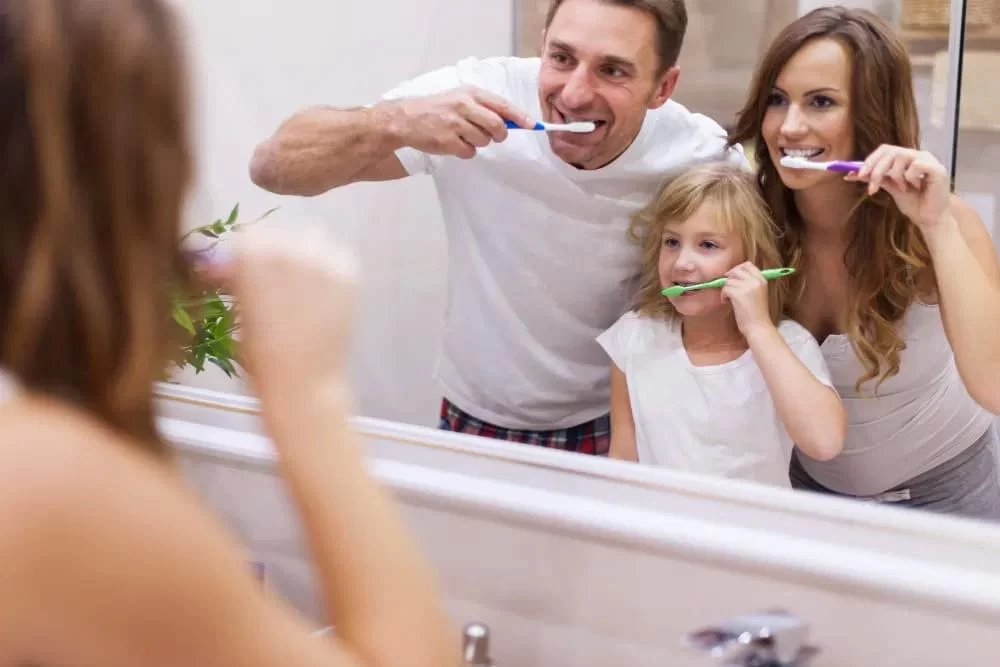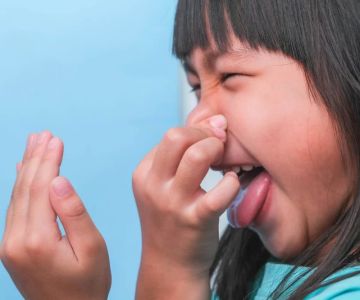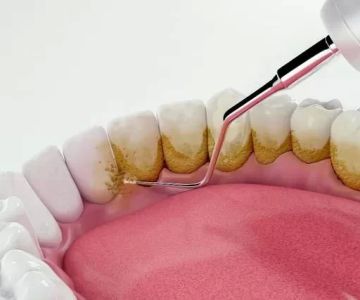
- why-do-gums-hurt-after-braces-adjustment
- biological-reasons-behind-gum-pain
- patient-story-adjusting-to-the-pain
- how-to-manage-gum-pain-effectively
- when-to-seek-professional-help
1. Why Do Gums Hurt After Braces Adjustment?
Experiencing gum pain after a braces adjustment is surprisingly common, and often quite unsettling for new orthodontic patients. This discomfort is typically caused by the new pressure your teeth and surrounding tissues are under as they shift into alignment. While braces primarily target your teeth, your gums and jaw are also part of this transformation, which can cause temporary inflammation and soreness.
Many patients describe the sensation as a deep ache or throbbing pain near the gums, especially around teeth that have been moved significantly. The sensation usually peaks within the first 24–48 hours after adjustment and then gradually improves. It’s important to understand that this reaction is normal, but recognizing the exact causes of gum pain after braces adjustment can help you manage it better and stay on track with your orthodontic journey.
2. Biological Reasons Behind Gum Pain
From a biological standpoint, braces apply continuous force to move teeth through the bone. This movement triggers an inflammatory response in the periodontal ligaments and gums, which is part of how your body accommodates the new alignment. Inflammation leads to increased blood flow to the area, causing swelling, tenderness, and sensitivity. This is especially pronounced in individuals who may already have mild gum sensitivity or gingivitis.
Another key reason for gum pain after an adjustment is the stress placed on the soft tissue by brackets and wires. As the archwire tightens, it might slightly irritate or cut the gum surface, especially in areas where the teeth are crowded or misaligned. These minor injuries can make the gums feel sore or swollen. At Dentistry Toothtruth, we emphasize the importance of proper oral hygiene and check-ups to ensure your gums remain healthy throughout the treatment.
3. Patient Story: Adjusting to the Pain
Let's take Alex’s story as an example. A 16-year-old high school athlete, Alex had his braces adjusted during mid-season. A day after the appointment, he began to feel a sharp pain in his upper gums. Brushing became difficult, and he started avoiding certain foods. Initially thinking it was unusual, he consulted his orthodontist, who reassured him that it was a common part of the adjustment process.
With the right pain relief methods and some dietary changes, Alex was able to manage the discomfort and focus on his games again. His story is a reminder that while the causes of gum pain after braces adjustment may be uncomfortable, they’re also temporary and manageable. It also highlights the emotional and lifestyle impacts of orthodontic treatment—an area that is often overlooked.
4. How to Manage Gum Pain Effectively
Managing gum pain after an adjustment starts with self-care. Using a soft-bristled toothbrush, rinsing with warm saltwater, and applying orthodontic wax to areas causing irritation can go a long way. Over-the-counter pain relievers such as ibuprofen may help reduce both inflammation and pain.
Diet also plays a role. Soft foods like mashed potatoes, yogurt, and smoothies are ideal in the days following an adjustment. Avoid hard or crunchy items that can aggravate the gums or get stuck in the braces. Ice packs on the outside of the cheek can provide additional relief for more intense discomfort.
At Dentistry Toothtruth, we recommend patients track their pain levels and discuss them with their orthodontist if symptoms persist beyond three to four days. In some cases, modifications to your braces setup might be necessary to reduce pressure on particularly sensitive areas.
5. When to Seek Professional Help
Although most gum pain after braces adjustment is normal, certain signs shouldn't be ignored. If you experience bleeding gums, pus, a persistent foul odor, or pain that intensifies rather than diminishes, these could indicate an infection or gum disease, rather than simple adjustment soreness.
Gum overgrowth, known as gingival hyperplasia, is another condition sometimes triggered by poor oral hygiene combined with orthodontic appliances. A professional evaluation can determine whether this is occurring and what action to take. Dentistry Toothtruth provides access to trusted dental clinics and professionals who can assess your condition and offer tailored treatment plans.







 Westgate Dental Arts
Westgate Dental Arts Coventry Family Dental
Coventry Family Dental Familia Dental
Familia Dental Dr. Daniel S. Fife, DDS
Dr. Daniel S. Fife, DDS Dentistry At Suburban Square: Michael I. Wollock, DMD
Dentistry At Suburban Square: Michael I. Wollock, DMD Comfort Care Dental
Comfort Care Dental The Importance of Oral Health Education During Pregnancy for a Healthy Pregnancy
The Importance of Oral Health Education During Pregnancy for a Healthy Pregnancy Why Skipping Dental Checkups Can Lead to Bigger Oral Health Problems
Why Skipping Dental Checkups Can Lead to Bigger Oral Health Problems Advantages of Porcelain Dental Restorations
Advantages of Porcelain Dental Restorations Best Tips for Brushing Your Teeth Properly for Healthy Gums: Essential Techniques for Oral Health
Best Tips for Brushing Your Teeth Properly for Healthy Gums: Essential Techniques for Oral Health How Can Diabetes Cause Tooth and Gum Problems? Preventing and Managing Oral Health Issues
How Can Diabetes Cause Tooth and Gum Problems? Preventing and Managing Oral Health Issues Healthy Habits for Promoting Good Oral Health and Hygiene: Tips for a Healthy Smile
Healthy Habits for Promoting Good Oral Health and Hygiene: Tips for a Healthy Smile